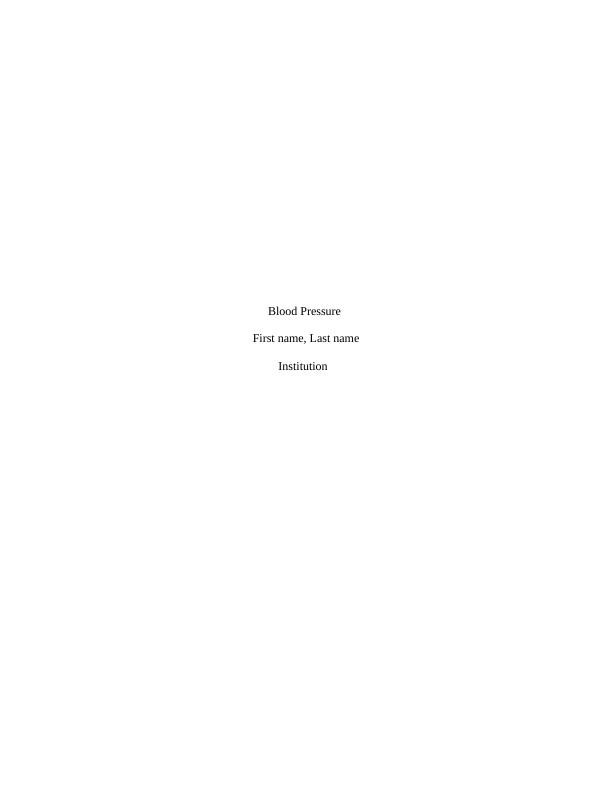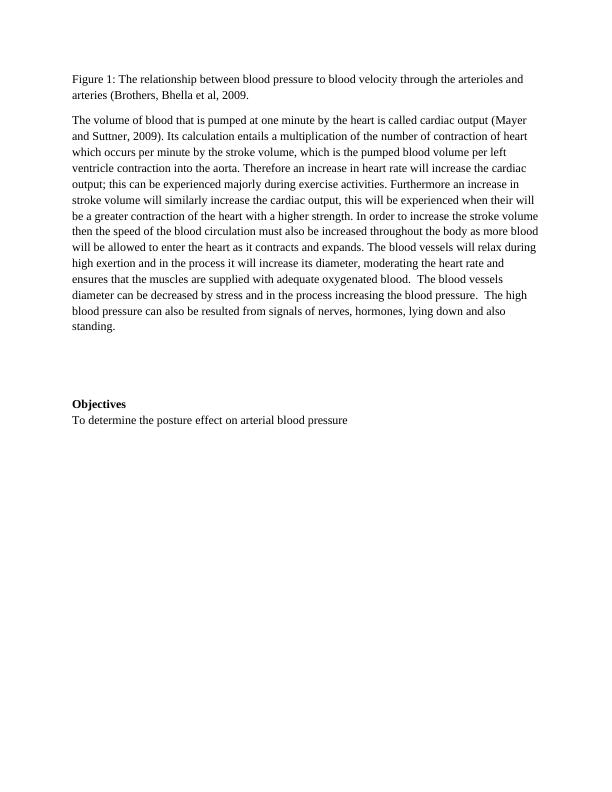Blood Pressure: Effects of Posture on Arterial Blood Pressure
7 Pages1332 Words57 Views
Added on 2023-04-23
About This Document
This article discusses the effects of posture on arterial blood pressure. It includes a methodology for measuring blood pressure, data analysis, and conclusions.
Blood Pressure: Effects of Posture on Arterial Blood Pressure
Added on 2023-04-23
ShareRelated Documents
End of preview
Want to access all the pages? Upload your documents or become a member.
Explanation of Blood Pressure
|7
|1139
|67
Medical Science Assignment (Doc)
|12
|2073
|64
Human Respiratory and Cardiac Systems
|10
|439
|96
Heart failure pathophysiology Assignment 2022
|21
|3620
|6
Hypertension and Ethnicity: A Case Study
|4
|692
|81
Assignment On The Respiratory
|9
|2323
|16



